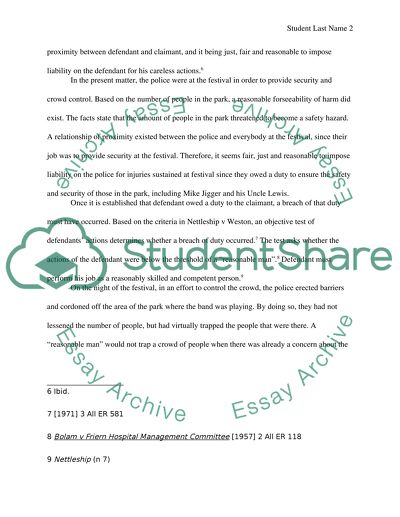Cite this document
(“Problem question Essay Example | Topics and Well Written Essays - 2500 words”, n.d.)
Retrieved from https://studentshare.org/environmental-studies/1405031-problem-question
Retrieved from https://studentshare.org/environmental-studies/1405031-problem-question
(Problem Question Essay Example | Topics and Well Written Essays - 2500 Words)
https://studentshare.org/environmental-studies/1405031-problem-question.
https://studentshare.org/environmental-studies/1405031-problem-question.
“Problem Question Essay Example | Topics and Well Written Essays - 2500 Words”, n.d. https://studentshare.org/environmental-studies/1405031-problem-question.


